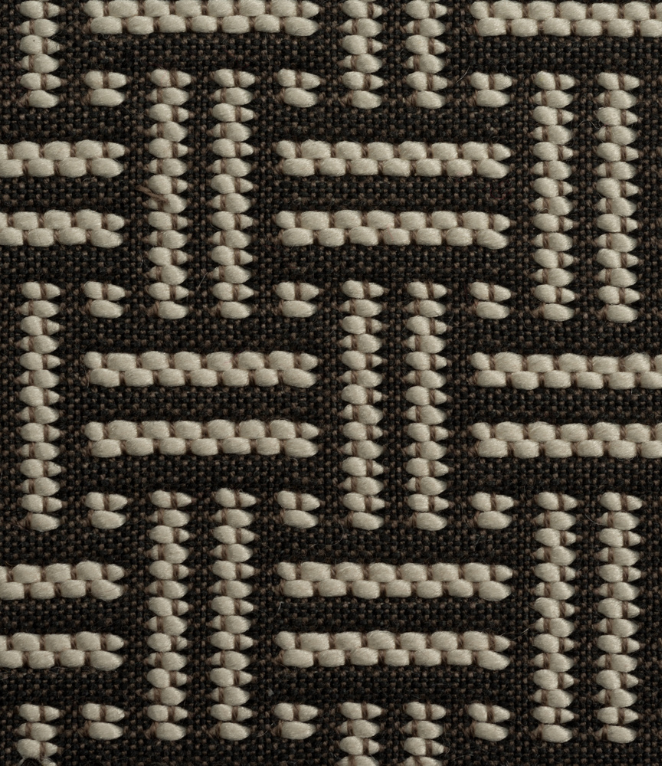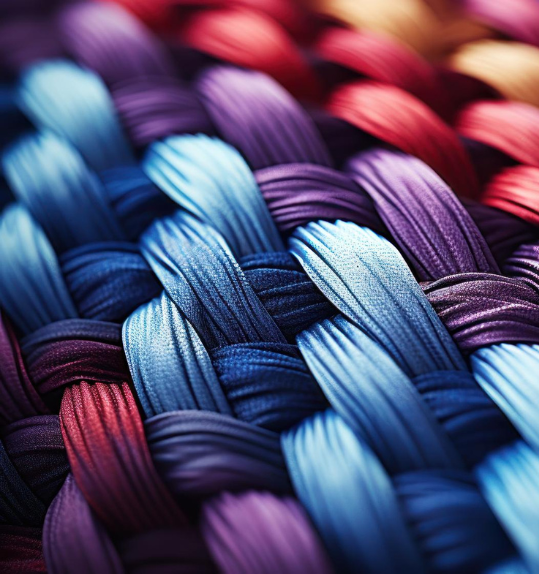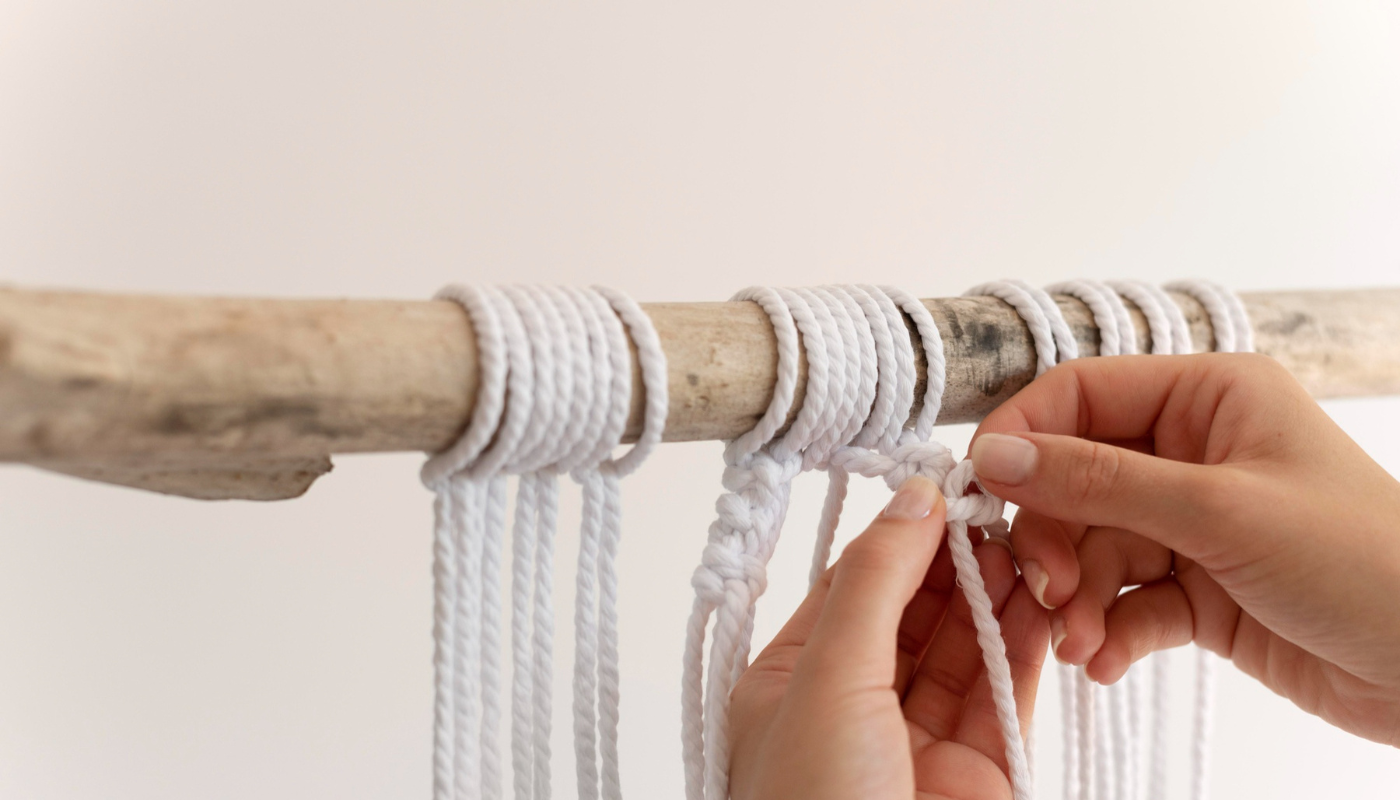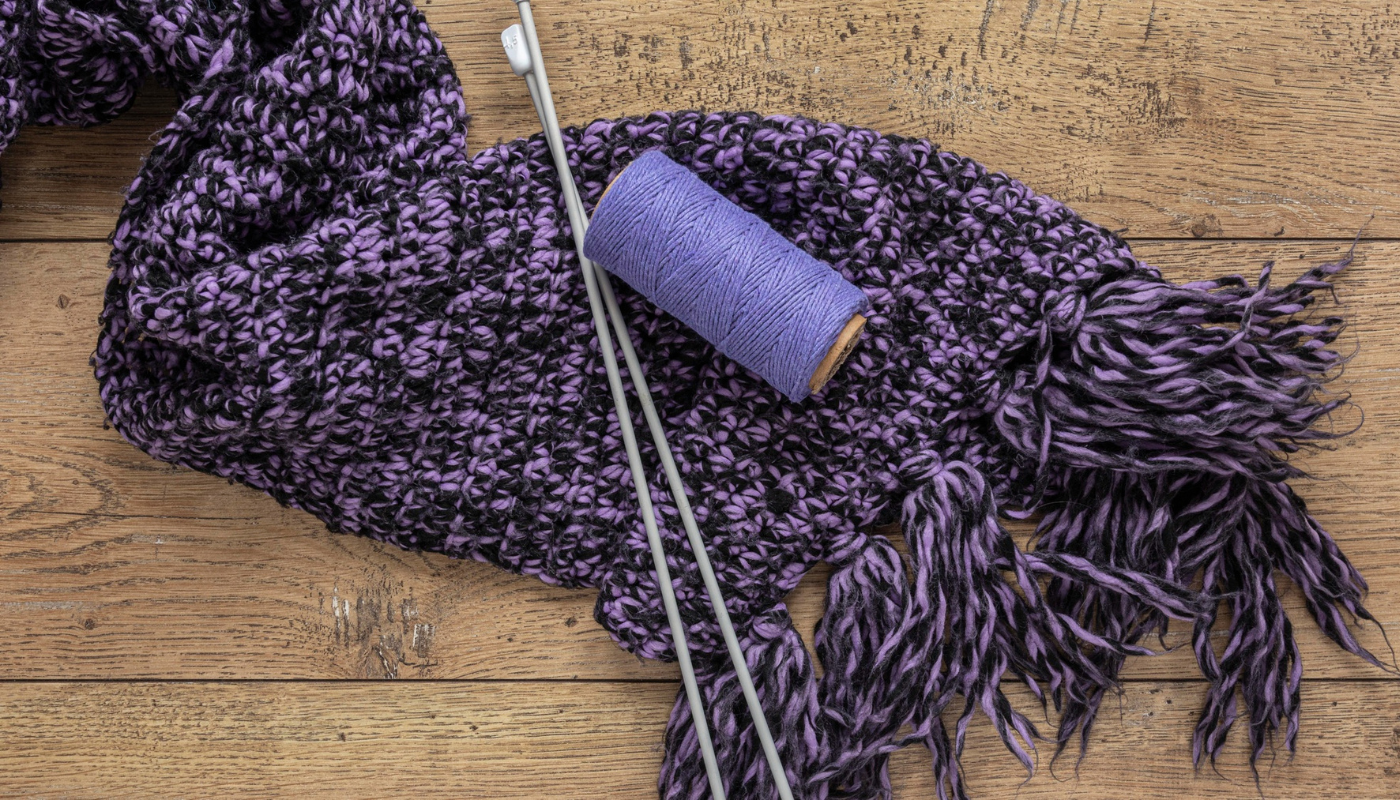

Fabric Weaving
Weaving, production of fabric by interlacing two sets of yarns so that they cross each other, normally at right angles, usually accomplished with a hand or power operated loom. In weaving, lengthwise yarns are called warp; crosswise yarns are called weft, or filling. Most woven fabrics are made with their outer edges finished in a manner that are called selvages, ensuring durability and a clean, professional finish.
- Proper tension is maintained warp and weft threads to smooth weaving.
- Automated looms enhance precision and reduce the human error.
- The choice of fiber impacts the strength, and feel the woven fabric.
- The density of the woven fabric affects its weight, durability use.



